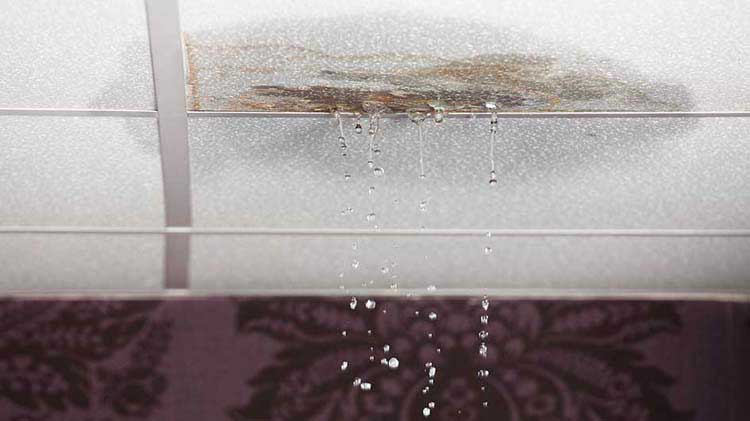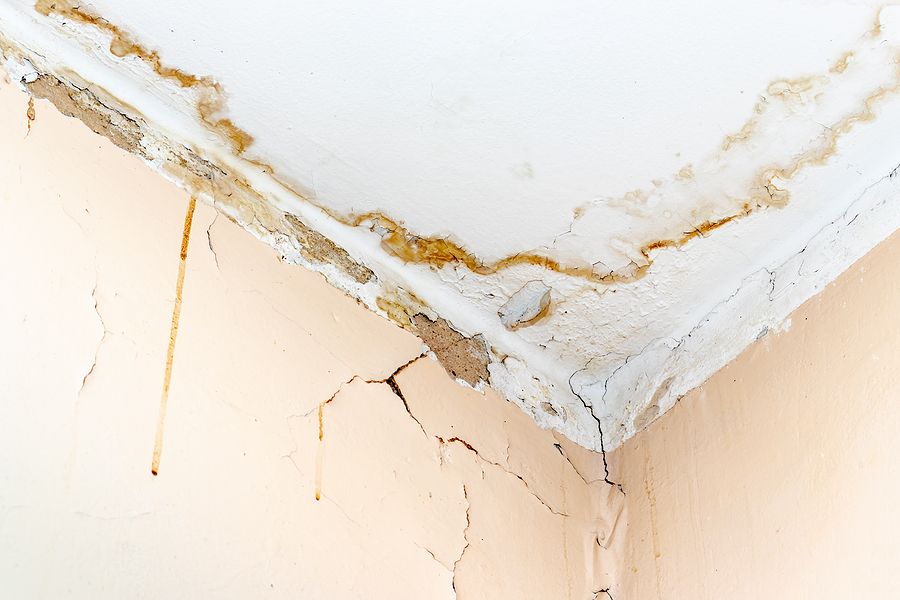The House's Common Typical Leak Triggers: Investigation
The House's Common Typical Leak Triggers: Investigation
Blog Article
In this article below you will find additional wonderful resources related to Common Water Leaks In House.

Leakages not only cause waste of water but can also cause unneeded damage to your house and advertise unwanted natural growth. Unfortunately, water leakages might go undetected considering that a lot of the pipework in our home is concealed. By comprehending and looking for daily scenarios that create leakages, you can protect your home from future leaks and unnecessary damage. Today, we will consider 6 leakage triggers that may be causing your pipes to drip.
Elbowing in roots
The majority of water leaks start outside the home rather than inside it. You might notice wet spots or sinkholes in your lawn, as well as that might suggest that tree roots are getting into water lines causing water to leak out.
Rusty water supply
As time goes by, your plumbing system ages and rust such as rust might begin eating away the pipes. This could be the reason for discoloration or warping on your pipes. This calls for an assessment with your plumber immediately. Take into consideration replacing the pipes given that they are at a greater threat of rust than the more recent versions if our plumbing system is old.
Defective Pipeline Joints
Pipeline joints can degrade over time, resulting in water leaks. If you have noisy pipelines that make ticking or banging sounds, particularly when the hot water is transformed on, your pipeline joints are probably under a whole lot of pressure.
Instant temperature modifications.
Extreme temperature level changes in our pipes can trigger them to expand and also contract suddenly. This growth and tightening might cause fractures in the pipelines, especially if the temperature level are below freezing. If you maintained an eye on how your plumbing functions, it would be best. The presence of the previously stated scenarios regularly shows a high risk.
Poor Water Connectors
At times, a leakage can be created by loosened hoses as well as pipes that provide your home appliances. In case of a water connections leakage, you may notice water running directly from the supply line or pools around your devices.
Obstructed Drains
Clogged drains could be frustrating and inconveniencing, but they can sometimes wind up creating an overflow leading to rupture pipelines. Keep removing any materials that may decrease your drains that can block them to stay clear of such inconveniences.
All the above are sources of leaks however not all water leakages result from plumbing leakages; some leaks might come from roof leaks. All leaks need to be fixed promptly to avoid water damages.
Leaks not just trigger waste of water however can also create unnecessary damages to your residence as well as promote unwanted natural development. By looking as well as understanding for everyday circumstances that create leaks, you can secure your house from future leakages and unnecessary damages. Today, we will look at 6 leak triggers that may be creating your pipelines to drip.
At times, a leak can be caused by loose pipes and also pipelines that provide your devices. In instance of a water links leak, you might observe water running straight from the supply line or pools around your home appliances.
TYPES OF WATER LEAKS YOU SHOULD BE FAMILIAR WITH
Shower Fixture Water Leaks
If you notice a water leak near your shower fixture, perform an inspection to confirm if you are able to find broken caulk lines. As your shower fixture becomes older, it is not uncommon for water to leak onto the other side of the frame. To fix this type of plumbing leak, scrape off the old caulk and run a new bead of it around the shower fixture to seal up any fractured crevices and holes.
Bathtub Drainage Water leaks
To fix this type of leak in a bathtub, remove the drain flange and clean it. Next, you should also remove the rubber gasket located beneath the tub’s drain hole. Buy a replacement gasket that matches the old version and install it in the same location. Once the drain flange and rubber gasket are installed, apply a small amount of silicone caulk to the drain to prevent water leakage below your tub.
Water Pipe Leaks Behind Walls
Issues such as discolored grout and loose shower tiles may be caused by a water pipe leak behind the walls in your bathroom. To fix this plumbing leak, you will be required to remove the tiles, grout, or caulk in your shower. Once the tiles in your shower have been removed, perform an inspection of the drywall to confirm if it’s moist or wet. If you notice water marks or mold on the wall, this is an indicator of a water pipe leak.
Toilet Leaks
Nobody likes a toilet leak. It can cause water damage to the subfloor, joists, or even the ceiling in the room below. To combat this type of water leak, you will need to reinstall your toilet with a brand new ring of wax. If the toilet sits uneven, be sure to add toilet shims to correct the issue. Do you notice a broken bolt slot or flange? We recommend performing a new metal flange installation to remediate this issue.
Sink Water Leaks
To prevent damage to the beautiful counter tops in your kitchen or bathroom, tighten the base of your sink to prevent a water leak. Next, scrape away any old caulk around the sink and apply a fresh coat. Prior to using the kitchen or bathroom sink, you will need to secure the fixture to the countertop with the clips located beneath the sink rim to prevent a water leak.
https://www.fenwickhomeservices.com/blog/6-types-of-water-leaks-you-should-be-familiar-with/

As a serious person who reads on Common Water Leaks In House, I thought sharing that piece of content was a smart idea. Sharing is nice. You just don't know, you may just be helping someone out. Thanks for going through it.
Drainage issues? Inform. Report this page